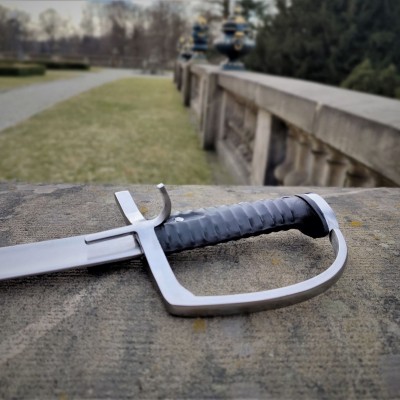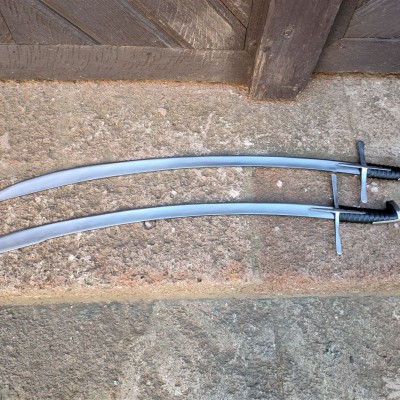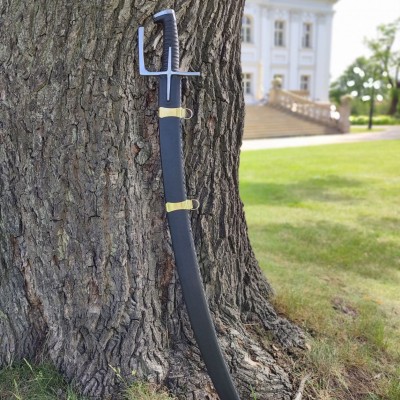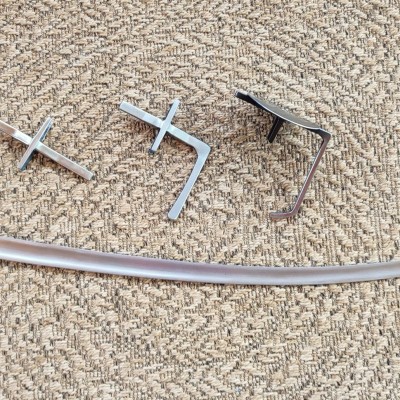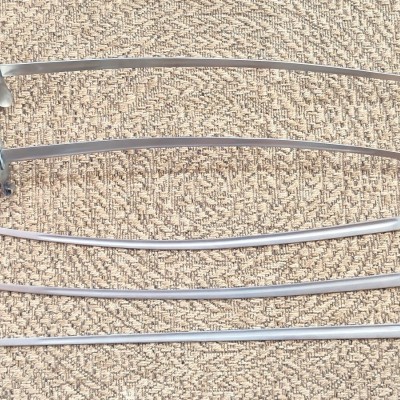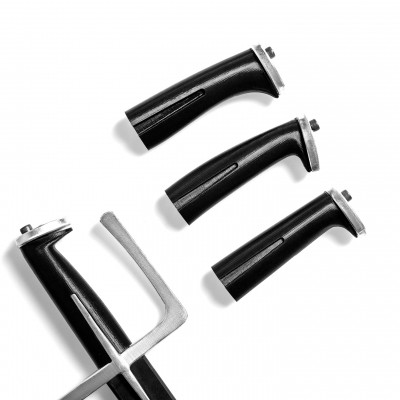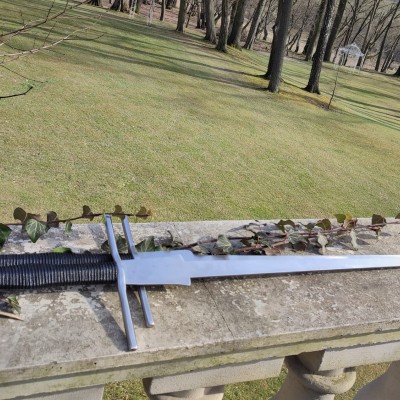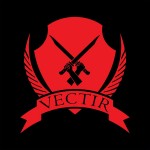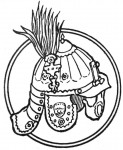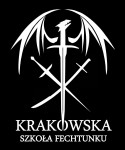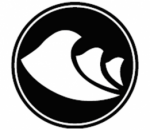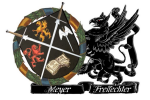Polish hussar sabre
Premium line sabres are the higher quality weapons we produce. They are intended both for tournament combat and represent the a level of reenactment, allowed by safety regulations of the HEMA tournaments. They are made from 50HF type of steel with 49 HRC level of hardness. Intended for heavy blade on blade work.
Polish hussar sabre is one of the most iconic sabre designs of the Polish origin. The common term hussar sabre represent a characteristic D guard with knucklebow aligned around 100O to the crossguard and a thumbring accompanying it.
This type of sabre appeared in the late 17th century. They were typical broad bladed cavalry weapon intended for self-defense and mounted combat. Their characteristic features were heavy hilt with broadened pommel and thumbring giving a strong support of the users grip.
Later in 18th century the sabre design develops into a more protected, lighter blade version. Its hilt often accompanied by siderings and additional knucklebows. Due to its overall features it is little bit closer to their western counterparts.
In the late 18th century, appears the last hussar sabre — its descendant — Polish National Cavalry or simply - „kościuszkówka”, named after Polish-American hero. It is a characteristic connection of the western and Polish national features.
Early hussar sabre or 'Husarka'
The most classical form of the hussar sabre. Its massive guard causes the entire hilt to weight over 350 g. Its blade is wide (circa 35 mm at the base), but weights less than 500g. Due to that sabre lies handsomely in the grip. Classical anatomy of the Polish hussar grip along with its thumbring make the weapon be very swift and powerful. Perfect choice for people who like to conduct strong but precise strikes with their weapons.
Notice: Sharp sabre has much shorter grip than the blunt one. It is important to find the most appropriate grip length for the classical Polish grip, since it will give much better support and more effective and less tiring use of the sabre.
Suggested curvature: 40 to 60 mm
Blade length: 80 to 82 cm
Mass: 800 to 850 g
Late hussar sabre or 'Late husarka'
Younger brother of the early hussar sabre. Both blade and hilt are much lighter than the latter weapon, therefore it often comes equipped with additional protection elements like siderings or knucklebows. Sabre is much more suitable for complex fencing actions, since the blade is much lighter than its earlier cousin, it is a little more straight as well. Grip has a slightly different anatomy, giving an easier use of long grips, such as thumbgrips, enhancing point control. Itis a good choice for people preferring lighter weapons but still retaining powerful cutting capacity.
Notice: In this type of sabre additional protection of the hand may be installed. If that option is picked we install two siderings on both sides by default, if needed these may be swapped for many other types of protections, be it knucklebows or a shield.
Suggested curvature: 40 to 50 mm
Blade length: 80 to 84 cm
Mass: 750 to 800 g
Kościuszko sabre
Last model of the Polish sabres created in commonwealth. Very characteristic construction, where shields or siderings are attached to specific square knucklebow that bends with a straight angle on the crossguard and pommel. A light blade is a specific choice made to fit the modern HEMA tournament scene, so that the sabre will fit within the regulations. Handle is a specific connection of the classical Polish model and a Hungarian origin elliptical shape grip used in contemporary German states. This sabre is a great choice for those who like heavy weapons with good point control and developed hand protection.
Notice: There are two types of grips that are available. Long, measuring 14 cm, is great for long grips, like thumbgrip or handshake grip. Short, with 12 cm of length, is suitable for a solid hammer grip. By default, unless stated otherwise, we are installing the long type of grip.
Notice 2: It was common to use two siderings instead of a shield. If stated otherwise we are installing a shield as base protection.
Suggested curvature: 40 mm
Blade length: 80 to 84 cm
Mass: 850 to 900 g
Each sabre is made on commission on individual demand by hand. It takes time to make them and each sabre is different. Time of production may vary according to how long the current queue is. Also special on-demand elements that r equire more precise work may delay production even further. Scabbards are made by a subcontractor, therefore scabbard making has a separate production time.
More photos of our sabres on FB
https://www.facebook.com/silkfencing/
or Instagram:
https://www.instagram.com/silkfencing/
